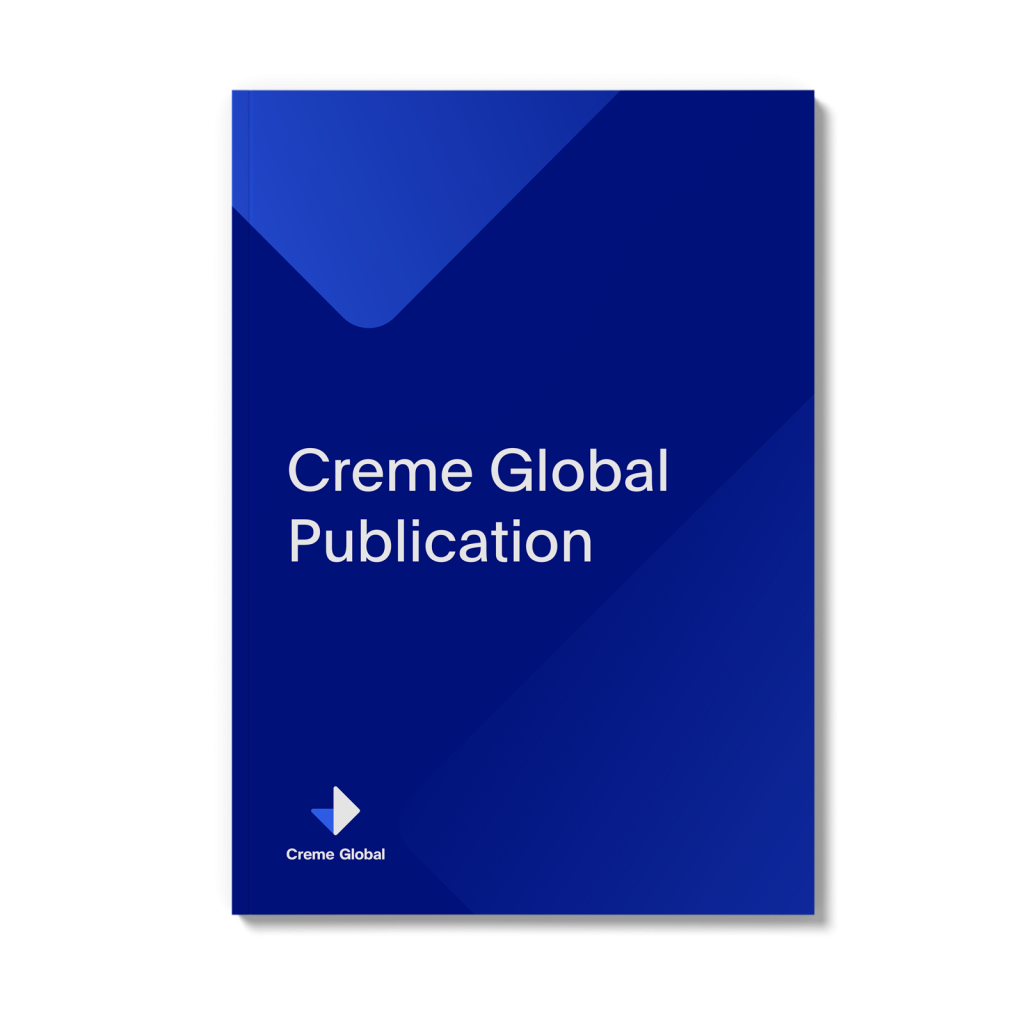In this study, we describe the statistical analysis of the usage profile of the European population to seven cosmetic products. The aim of the study was to construct a reliable model of exposure of the European population from use of the selected products: body lotion, shampoo, deodorant spray, deodorant…
Authors: McNamara C, Rohan D, Golden D, Gibney M, Hall B, Tozer S, Safford B, Coroama M, Leneveu-Duchemin MC, Steiling W.
Publication date: 07/07/2007
